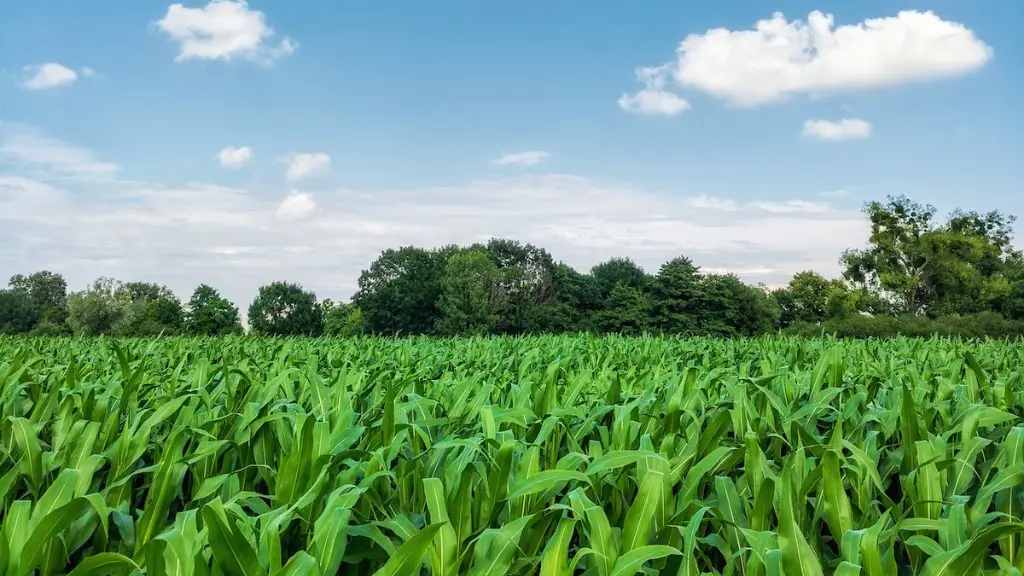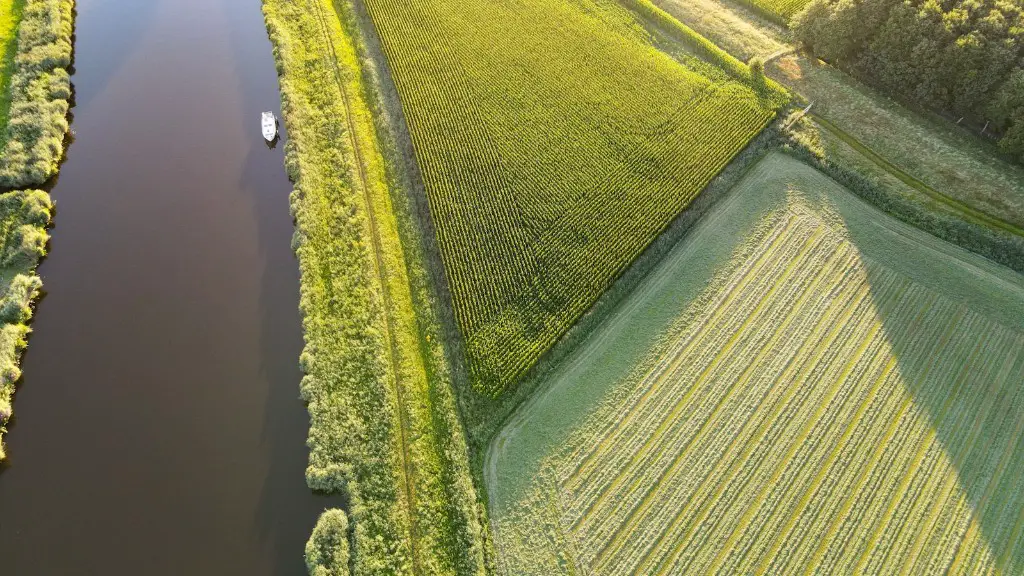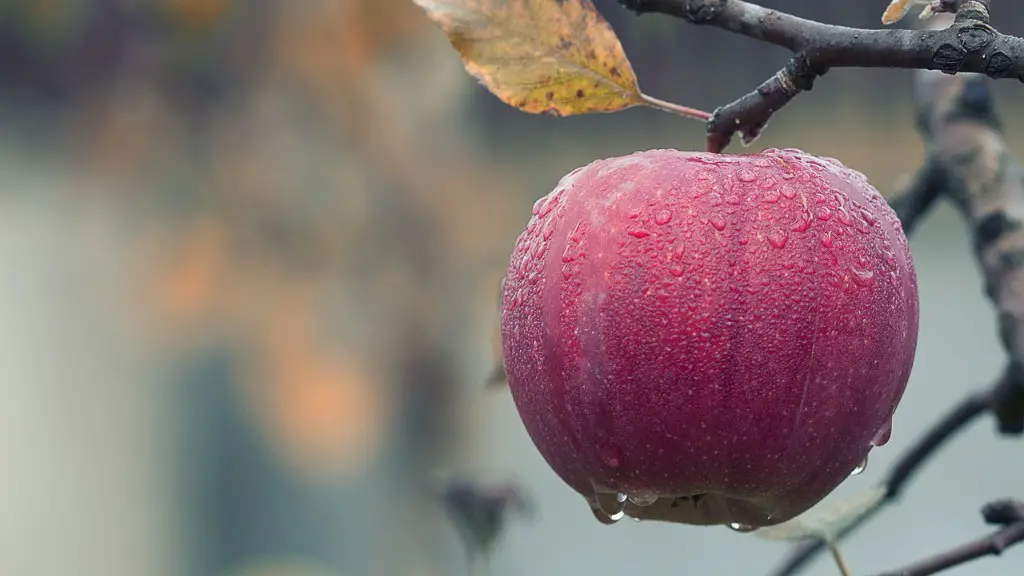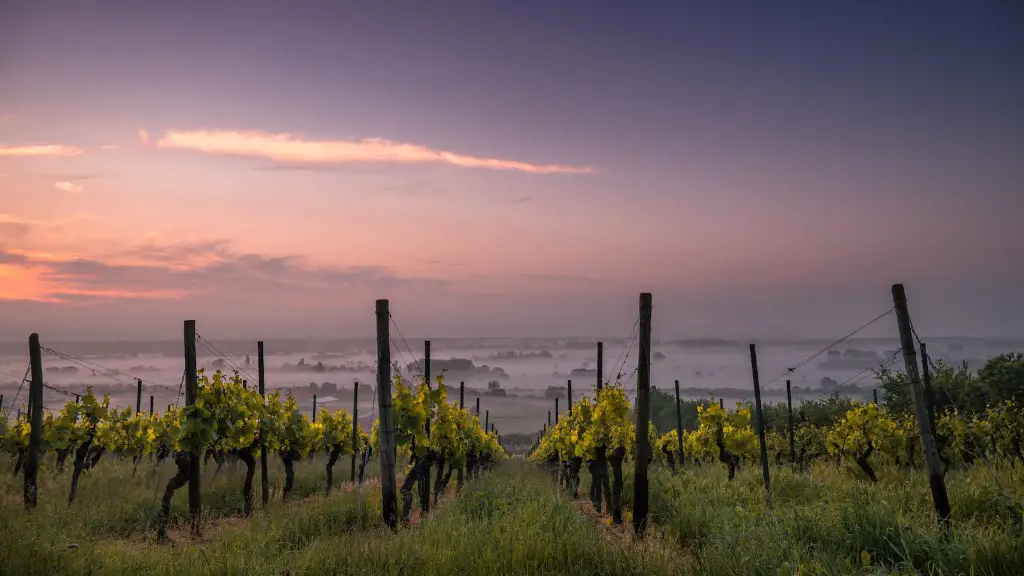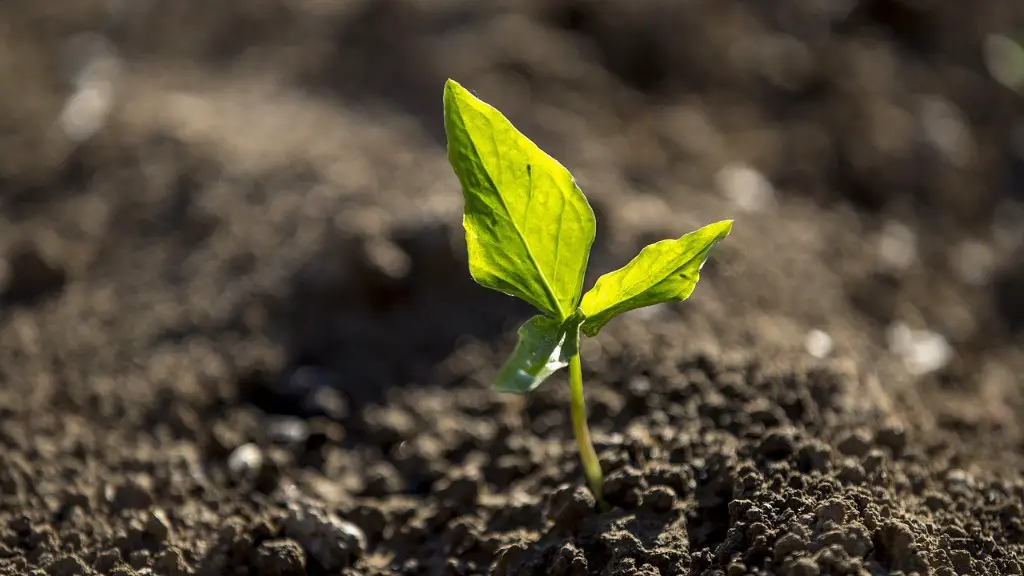The practice of agriculture has been around for thousands of years and is one of the most important human inventions. Agriculture allowed for the domestication of plants and animals, which led to the development of civilizations. Today, agriculture is a vital part of the global economy and plays a role in the food we eat every day.
The history of agriculture is long and varied, spanning thousands of years and hundreds of cultures. It is thought that early cultivation began in the Fertile Crescent of the Middle East, where Evidence of early farming has been found in the form of irrigation systems and tools. Agriculture then spread to other parts of the world, including China, Africa, and the Americas. Each region developed its own unique methods and technologies, based on the local climate and available resources. Today, agriculture is a global industry, with large-scale commercial farms producing much of the world’s food supply.
Where did the history of agriculture begin?
The Fertile Crescent is thought to be where agriculture first developed, and the first farmers in the region were likely horticulturalists who planted and tended crops. As the population in the Fertile Crescent grew, so did the need for food, and early farmers began to practice irrigation and crop rotation to increase their yields. Over time, the use of irrigation systems and other innovations allowed the Fertile Crescent to become one of the most productive agricultural regions in the world.
1. Agriculture is the single largest employer in the world.
2. There are 914 million acres of farmland just in the US.
3. The average US farmer can feed 155 people.
4. Beef farming accounts for 29% of American farms.
5. Agriculture is responsible for 80% of the world’s deforestation.
What are some important events in the history of agriculture
The Smith-Lever Extension Act was passed in 1914, setting up a system of agricultural extension services in the United States. The Capper-Volstead Act was passed in 1922, giving legal status to cooperatives. The years 1932-36 saw the development of drought and dust-bowl conditions. The Agricultural Adjustment Act was passed in 1933, and the Soil Conservation and Rural Electrification Act were passed in 1936. The years 1945-70 saw a revolution in agriculture, with the introduction of new technologies and the development of new farming practices. The National School Lunch Act was passed in 1946.
The Egyptians were among the first peoples to practice agriculture on a large scale. They began doing so in the pre-dynastic period, from the end of the Paleolithic era into the Neolithic era. This was between around 10,000 BC and 4000 BC.
What is the summary of agriculture?
Agriculture is a vital part of the world economy and it is estimated that it employs around 1.3 billion people worldwide. It is also responsible for producing the food that we eat and the clothes that we wear.
There are many different types of agriculture, but the three main types are subsistence agriculture, commercial agriculture, and intensive agriculture. Subsistence agriculture is the type of agriculture that is practised by families or communities who live off the land they cultivate. Commercial agriculture is the type of agriculture that is practised by businesses or farms that sell their products in the marketplace. Intensive agriculture is the type of agriculture that uses large amounts of land, labour, and capital in order to produce large quantities of food.
Agriculture is an important part of the world economy and it plays a vital role in providing food and clothing for the global population.
Agriculture has been an important part of human society for thousands of years. It has provided food and shelter for people, and it has played a role in the development of civilizations. Today, agriculture is still an important part of the world economy, and it plays a vital role in the food supply for the global population.
Why was agriculture so important big history?
Farming has been an integral part of human society for thousands of years. It was only with the invention of agriculture that humans were able to grow all the food they needed in one place, with a much smaller group of people. This led to massive population growth, creating cities and trade. Today, farming is still a vital part of the global economy, providing food and jobs for billions of people around the world.
The agricultural revolution was a period of tremendous change in the way that crops were grown and harvested. Cyrus McCormick’s invention of the grain reaper in 1831 was a key development, as it allowed for the mass production of grain. The grain combine was patented in 1836, and John Deere began manufacturing plows in 1837. These developments helped to increase crop yields and make farming more efficient. In 1843, Sir John Lawes founded the commercial fertilizer industry by developing a process for making superphosphate. This helped to improve crop growth and greatly increased agricultural production.
What are 3 importance of agriculture
agriculture is the backbone of any economy and it is no secret that a thriving agricultural sector is a prerequisite for sustainable development and poverty alleviation. it is also increasingly recognized that biodiversity is critical to the functioning of agricultural ecosystems, and that the loss of biodiversity is a major threat to food security.
Agriculture creates the enabling environment by the increase in biodiversity will lead to healthier soil, less erosion, better water conservation, and healthier pollinators. in addition, agricultural biodiversity can provide a buffer against the effects of climate change, and can help to ensure that crop production is more resilient in the face of extreme weather events.
it is therefore essential that measures are taken to conserve and promote agricultural biodiversity. this can be done through a variety of means, including the use of traditional knowledge and practices, the incorporation of biodiversity-friendly features into agricultural production systems, and the establishment of protected areas for rare and endangered species.
Agriculture is one of the most important aspects of human existence. It provides food for people and raw materials for industry. Agriculture is a substantial user of natural resources, particularly land and water.
What impact did agriculture have on society?
Agriculture is the backbone of many economies, providing food, jobs, and raw materials. It also has a huge impact on society, from the people who depend on it for their livelihoods to the economy as a whole.
The start of agriculture in the Americas was a major milestone in human history. It allowed for the domestication of plants and animals, which led to the development of civilizations in both North and South America. Agriculture began independently in both regions, which suggests that the people of the Americas were able to adapt to their local environments and develop their own methods of agriculture. This adaptation was essential for the survival of the early Americans and the development of their cultures.
Who was the first farmers on earth
A new study has shown that the first farmers actually represented a mixture of Ice Age hunter-gatherer groups, spread from the Near East all the way to south-eastern Europe. The genetic origins of the first agriculturalists in the Neolithic period long seemed to lie in the Near East. However, this new study shows that there was a lot more genetic diversity among the first farmers than previously thought. This means that the first farmers were not just from the Near East, but were actually a mix of groups from all over Europe and the Near East. This is an important finding because it shows that the first farmers were not just a single group of people, but were actually a mix of different groups. This diversity among the first farmers is thought to be one of the reasons why the Neolithic Revolution was so successful.
For over 13,000 years, lentils have been an important part of human society. They were a key ingredient in the development of many ancient civilizations, and today they are a staple in many cuisines around the world. Lentils are a versatile and nutritious food, and they have a long history of being an important part of the human diet.
What is agriculture short essay?
Agriculture is the main occupation in India, with two-thirds of the population directly or indirectly dependent on it. It is not merely a source of livelihood but a way of life. It is the main source of food, fodder and fuel and is the basic foundation of economic development.
Agriculture is the cultivation of land and raising of animals for food, fiber, or other products. Agriculture was the key development that led to the rise of human civilization, with the husbandry of domesticated animals and plants (i.e. crops) creating food surpluses that allowed the development of civilization. The four main types of agriculture are shifting cultivation, subsistence farming, pastoralism, and intensive farming.
Shifting cultivation is a type of agriculture where farmers clear a piece of land, often by burning, and then cultivated it for a few years until the soil becomes exhausted. The farmers then move on to another piece of land and repeat the process. This type of agriculture is often seen in tropical regions where the soil is not suitable for sustained cultivation.
Subsistence farming is a type of agriculture in which farmers grow enough food to feed themselves and their families. This type of agriculture is often seen in developing countries where farmers do not have the resources or technology to produce surpluses for sale.
Pastoralism is a type of agriculture in which farmers raise livestock, often on grasslands, for meat, milk, or other products. This type of agriculture is often seen in dry or mountainous regions where crops cannot
What was the first agricultural
The wild progenitors of crops including wheat, barley, and peas are traced to the Near East region. Cereals were grown in Syria as long as 9,000 years ago, while figs were cultivated even earlier; prehistoric seedless fruits discovered in the Jordan Valley suggest fig trees were being planted some 11,300 years ago. This region is thought to be the birthplace of agriculture, and the first crops were likely domesticated here. Over time, these crops spread to other parts of the world, where they were further adapted to local conditions. Today, the descendants of those early crops are still grown in the Near East, and play an important role in the region’s agriculture.
Agriculture likely began during the Neolithic Era, before roughly 9000 BCE, when polished stone tools were developed and the last ice age ended. Historians have several theories about why many societies switched from hunting and foraging to settled agriculture. One theory is that the climate became more stable, making it easier to plan for planting and harvesting. Another theory is that the population began to grow, and people needed to find a way to produce more food. Whatever the reason, agriculture changed the way people lived, and it has been an important part of human societies ever since.
Warp Up
The history of agriculture is a long and complex one that spans the globe. It began with the first humans who cultivated plants for food and shelter, and it has evolved over thousands of years to become the sophisticated and efficient industry it is today.
The first evidence of agriculture comes from the Middle East, where early humans began domesticating plants and animals around 10,000 BC. This allowed them to settle in one place and build permanent homes, which led to the development of civilizations. Agriculture quickly spread to other parts of the world, including Europe, Asia, and the Americas.
Over time, different cultures developed their own unique methods of farming, based on the climate, terrain, and available resources. In the early 21st century, modern technology and science have revolutionized agriculture, making it more productive and efficient than ever before.
Throughout the years, agriculture has been a vital part of human civilization. By the early 21st century, however, it had become clear that the world’s food supply could no longer be taken for granted. Agricultural production must increase to meet the demands of a growing population, while at the same time becoming more efficient and sustainable. The future of agriculture will be shaped by the need to find new ways to meet these challenges.
